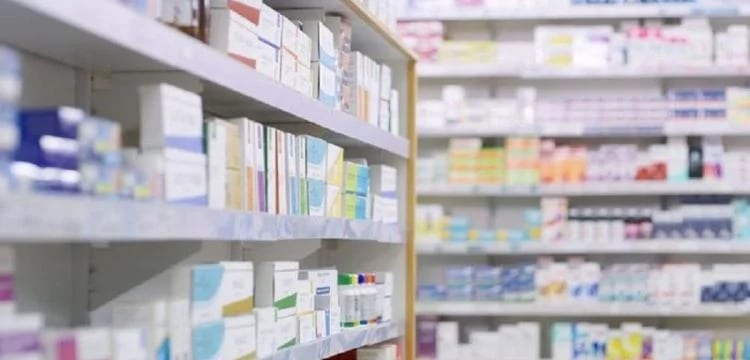[vc_row][vc_column][vc_column_text dp_text_size=”size-4″]The federal government of Pakistan has recently approved an increase in the prices of 146 life-saving drugs, a move that comes amidst the backdrop of escalating inflation. A notification has been issued by the government outlining the price hike, encompassing a range of medications including those vital for treating conditions such as cancer, vaccines, and antibiotics.
Health officials have indicated that the Drug Regulatory Authority of Pakistan (DRAP) had proposed a summary to the government suggesting price hikes for 262 drugs. However, the final decision led to an increase in the prices of 146 medicines. The affected pharmaceutical companies are now expected to implement the adjusted prices for the specified medications.
Read more: Government Raises Prices For Numerous Essential Medicines
It’s noteworthy that the government’s control over drug prices is limited to a subset of medications, specifically the 464 drugs included in the National Essential Medicines List. Beyond this list, pharmaceutical companies have been granted the autonomy to determine and adjust the prices of drugs, a decision that represents a form of deregulation in the pharmaceutical pricing mechanism.
The move to increase the prices of life-saving drugs has sparked concerns, especially in the context of rising inflation that places additional financial burdens on the general population. Access to essential medications, particularly those associated with critical health conditions, becomes a matter of public interest, and any alterations in drug prices can significantly impact the affordability and availability of necessary treatments.
The government’s decision to allow pharmaceutical companies to independently regulate drug prices reflects a broader approach to market dynamics within the pharmaceutical sector. As the situation evolves, monitoring the implications of these price adjustments on healthcare accessibility and the financial well-being of the populace will be crucial. Additionally, it remains to be seen how healthcare stakeholders and advocacy groups respond to this development and whether there will be calls for regulatory interventions to address potential affordability challenges for life-saving drugs.[/vc_column_text][/vc_column][/vc_row]











